Go-Far 2018: Eye on Estonia
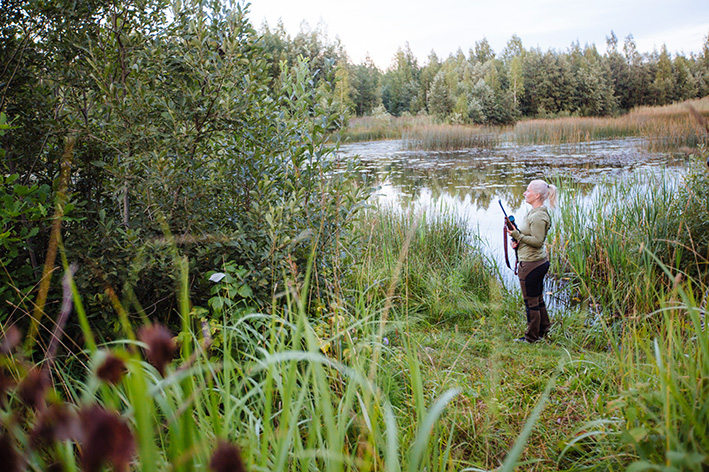
Women give hunting a shot
Story and photos by Christy Yip and Esna Ong
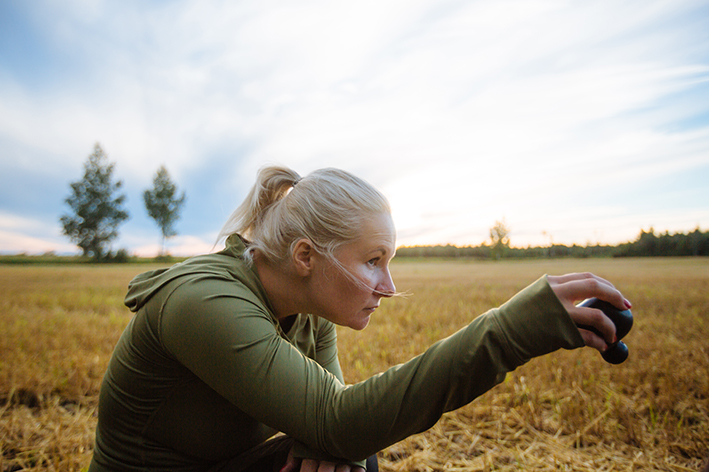
When stalking a roe deer, it is important to stay quiet and remain unseen.
Ms Roostfeldt holds an instrument used to simulate the deer’s mating call.
MS TRIIN Roostfeldt crouched down on the forest floor, rifle at the ready. After 12 hours of waiting for a goatlike antelope called a chamois, she nodded off.
Two minutes later, she jolted awake in time to see the chamois emerge from behind a tree.
She took aim.
“After I shot it and we carried it out of the mountains, I thought: ‘I earned it’,” said Ms Roostfeldt, 34, one of the first female hunters in Estonia.
About 15,000 hunters are active in Estonia, where half the land — more than 30 times the size of Singapore — is covered in forest. Hunting runs in the family for Ms Roostfeldt. Her father and elder brother introduced her to the sport, and she got a hunting license at 16.
But when Ms Roostfeldt, a human resource manager at the Environmental Office of Estonia, started hunting 17 years ago, huntresses were unheard of.
Things changed when the Estonian Hunters’ Society organised a women-only hunt in 2010.
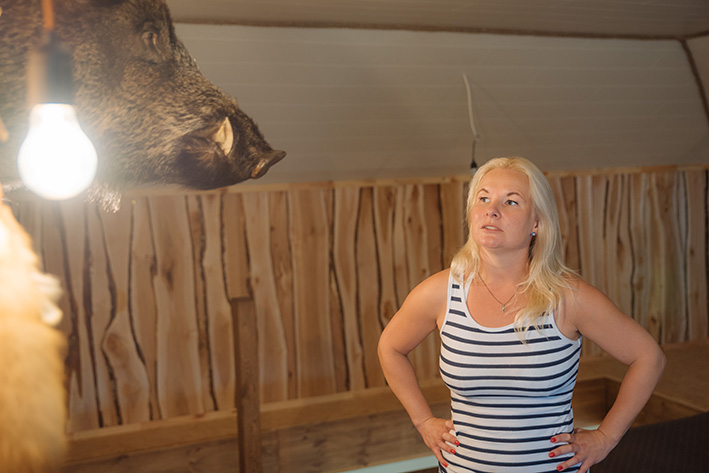
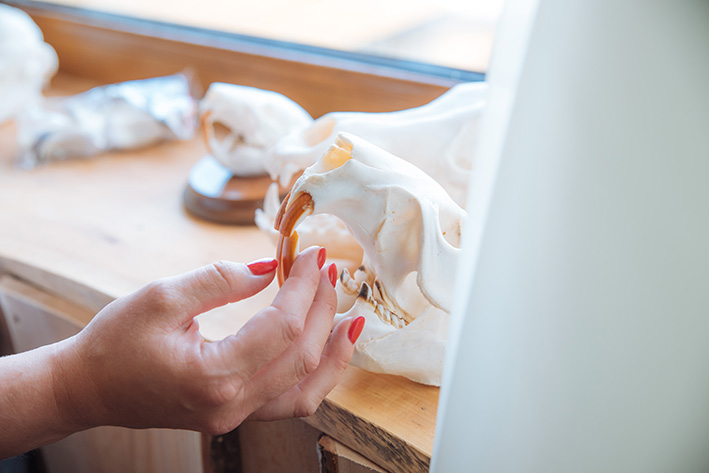
Left: Ms Roostfeldt stands beside a wild boar, which was shot by her boyfriend, Mr Vesto Nõgel, four years ago.
It was infected with African swine fever and hunters had to kill them to stop the spread of the disease.
Hunting is sometimes needed to regulate wildlife populations and for protecting property, Ms Roostfeldt said.
Right: Beaver skulls, along with those of other wildlife, are displayed in Ms Roostfeldt’s trophy room.
Beavers are her favourite hunt because they are difficult targets.
The small animal only comes out of the water in the dark and moves quickly.
Ms Roostfeldt signed up alongside 25 other women. Today, more than 50 huntresses join the now-annual hunt.
“If you don’t know there are people the same way as you, you are scared to come out,” said Ms Roostfeldt. “That was the time the women hunters came out of the closet.”
Ms Roostfeldt said that when she started hunting with a mixed club, some male members doubted her ability. Over time, she has proved them wrong.
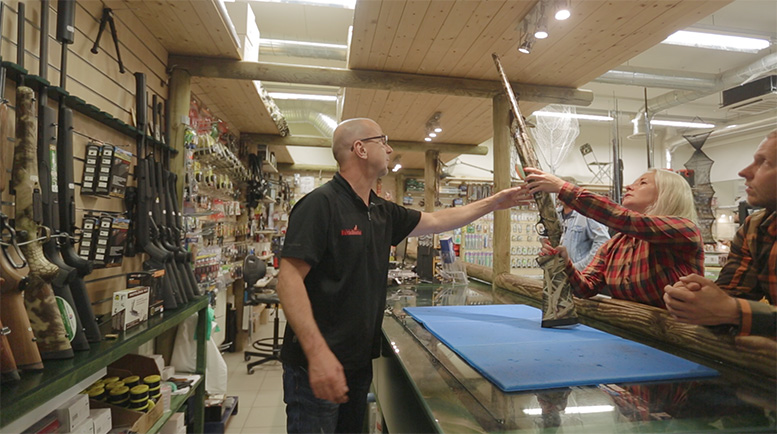
Ms Roostfeldt is looking to buy a new rifle at Baltic Hunter,
a hunting shop in the Viljandi town centre.
The shop did not carry merchandise specifically for women until recently, said owner Mart Merandi, 51.
In 2015, she felt compelled to set up the Estonian Women Hunters’ Society.
The community has grown every year with 401 women licensed to hunt in 2018, up from 207 in 2010.
Over the course of her hunting career, Ms Roostfeldt has had to kill wild boars threatened by African swine fever to prevent the spread of the disease.
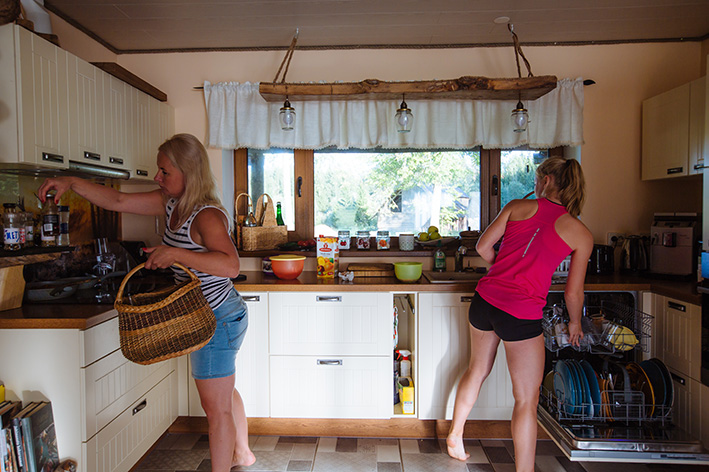
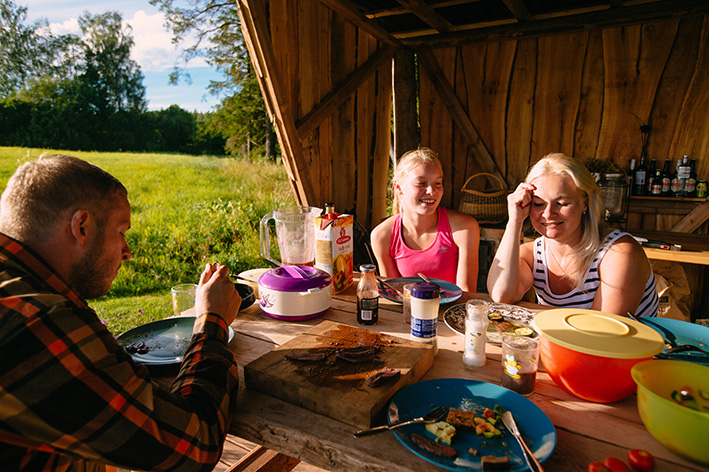
Left: Ms Roostfeldt lives in a forest 20 minutes from the town centre.
“I’m not afraid of nature and I have studied how to use it for me. I get everything from nature. I grow my own vegetables and I hunt my own meat from the forests,” she said.
The woodland setting also allows her to pick up wood and shed antlers for ornamental pieces,
such as the light fixture above her kitchen sink. Right: In their shed, Ms Roostfeldt and her family eat grilled roe deer meat from a previous hunt and vegetables from their garden.
The deer is skinned and gutted with a hunting knife and chilled for a day before it is safe for eating, said Mr Nõgel (left).
“I care about the environment in Estonia,” said Ms Roostfeldt.
“I do understand that hunting is necessary for keeping the population as it is; not making it any higher so that human beings can live here peacefully with the animals.”
She estimates that she has gone hunting about 5,400 times since 2001. And still, her passion for the sport remains. “It’s a lifestyle. I can’t imagine life without it.”